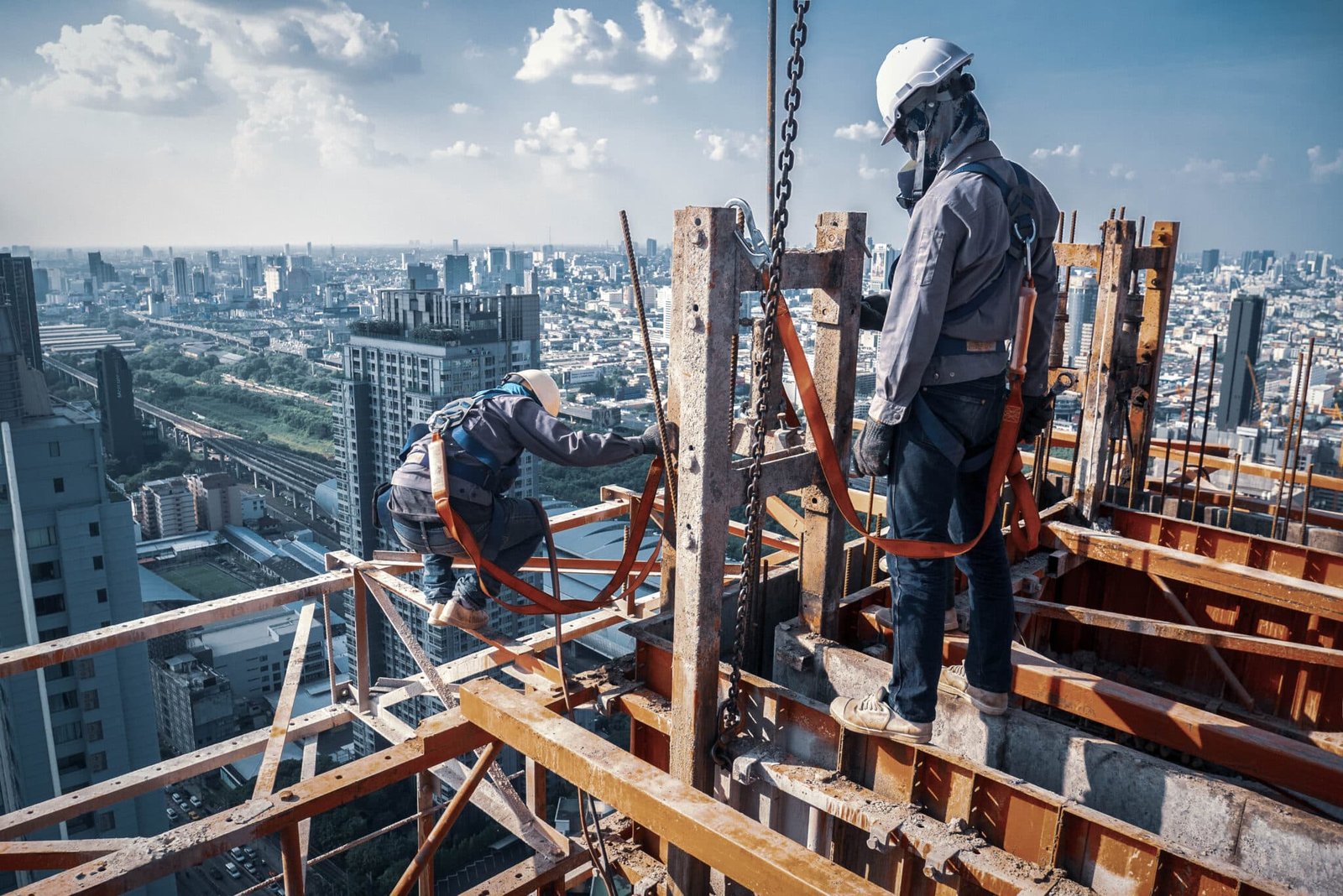Confined spaces—such as tanks, silos, and tunnels—pose unique challenges due to their limited entry, restricted exits, and potential hazards. Adhering to best practices in confined space operations is crucial for protecting workers and ensuring efficient project execution. Below are the key practices every organization should implement to maintain a safe work environment when entering confined spaces.
1. Comprehensive Hazard Assessment
Before any confined space entry, conduct a thorough risk evaluation to identify potential hazards:
- Atmospheric Hazards: Test for toxic gases, oxygen deficiency, and flammable vapors.
- Physical Hazards: Look for potential risks such as engulfment, falling debris, or structural instability.
- Environmental Conditions: Evaluate temperature extremes, poor lighting, and noise levels that could affect communication and performance.
2. Robust Permit-Entry Program
Implement a permit-entry system to ensure that all confined space entries are authorized and controlled:
- Entry Permits: Issue permits that detail identified hazards, required control measures, and the duration of entry.
- Pre-Entry Inspections: Verify that the confined space is safe for entry, including checking for proper ventilation, isolation of hazardous energy sources, and effective barricades.
- Authorization: Ensure that only trained and authorized personnel are allowed to enter confined spaces.
3. Specialized Training and Competency
Worker education is a cornerstone of confined space safety:
- Hazard Recognition: Train employees on the specific hazards associated with confined spaces.
- Proper Use of Equipment: Provide hands-on training on the use of personal protective equipment (PPE), gas detectors, ventilation systems, and communication devices.
- Rescue and Emergency Procedures: Regularly drill emergency protocols so that all personnel understand their roles in case of an incident.
4. Continuous Atmospheric Monitoring
Monitoring the environment is critical:
- Real-Time Gas Detection: Utilize calibrated gas monitors to continuously check oxygen levels and detect toxic or flammable gases during entry.
- Regular Readings: Establish a schedule for taking atmospheric readings before and during work to ensure that conditions remain safe.
- Alarm Systems: Equip the site with alarms that alert workers if unsafe conditions are detected.
5. Engineering and Ventilation Controls
Implement engineering controls to mitigate hazards:
- Ventilation: Use forced air ventilation systems to maintain safe atmospheric conditions and reduce the buildup of harmful gases.
- Isolation Procedures: Lockout/Tagout (LOTO) systems should be used to ensure that all potentially hazardous energy sources are deactivated prior to entry.
- Physical Barriers: Install barriers or covers on openings to prevent accidental falls or the ingress of contaminants.
6. Effective Communication and Buddy Systems
Clear communication and teamwork are vital:
- Communication Devices: Ensure that reliable two-way radios or other communication tools are available to maintain constant contact between workers inside and outside the confined space.
- Buddy System: Require that workers enter confined spaces in pairs or teams so that one person can provide immediate assistance if an emergency occurs.
7. Emergency Preparedness and Rescue Planning
A proactive rescue plan can save lives:
- Rescue Equipment: Keep specialized rescue equipment on-site, and ensure it is readily accessible.
- Rescue Training: Designate and train a rescue team capable of performing prompt and effective confined space rescues.
- Emergency Drills: Regularly conduct simulated rescue scenarios to test and refine emergency response procedures.
8. Documentation and Continuous Improvement
Maintain accurate records and review procedures regularly:
- Permit and Inspection Records: Document all permits, hazard assessments, atmospheric readings, and inspections.
- Incident Reporting: Establish a system for reporting near misses and incidents to identify areas for improvement.
- Feedback and Updates: Periodically review safety protocols based on new data, technological advances, and feedback from employees to continuously enhance safety measures.
Conclusion
Adhering to these best practices ensures that confined space operations are performed safely and efficiently. By conducting thorough hazard assessments, enforcing permit-entry programs, providing specialized training, and maintaining robust monitoring and rescue systems, organizations can significantly reduce the risks associated with confined spaces. Prioritizing safety not only protects workers but also contributes to a culture of continuous improvement and operational excellence.
Discover more from HSEProHub
Subscribe to get the latest posts sent to your email.



